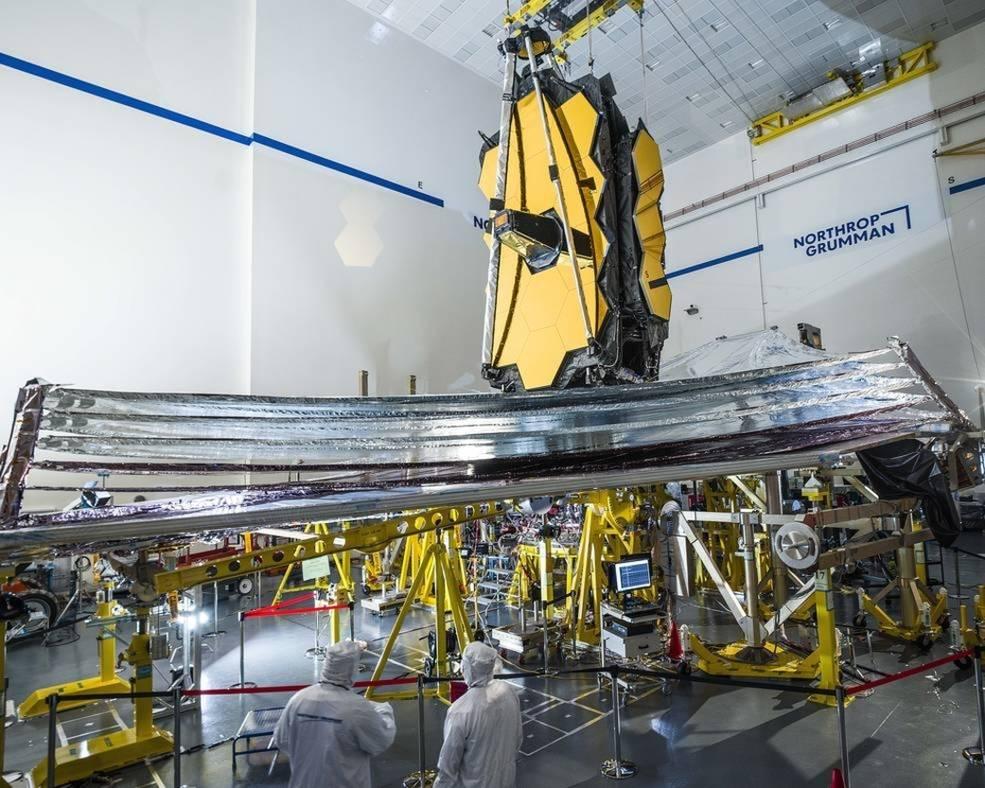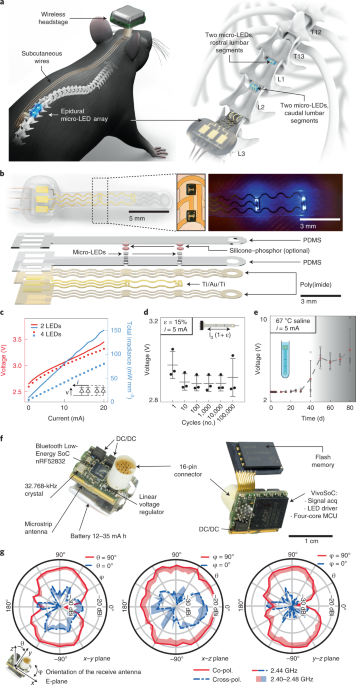New images from the Visible-Broadband Imager (VBI) on NSF’s 4-m Inouye Solar Telescope show a variety of sunspots and quiet regions of the Sun.
These images of the Sun’s surface were captured by the Inouye Solar Telescope. Image credit: NSF / AURA / NSO.
The Inouye Solar Telescope, the largest optical solar telescope in the worldis located on the island of Maui in Hawai’i.
Built by NSF’s National Solar Observatory and managed by the Association of Universities for Astronomy (AURA), it combines a 4-m mirror with unparalleled viewing conditions near the top of Haleakala, Maui’s largest volcano, to create conditions for unprecedented observation of the Sun’s surface.
Focusing 13 kW of solar power generates enormous amounts of heat — heat that must be contained or removed. A specialized cooling system provides crucial heat protection for the telescope and its optics.
The dome enclosing the telescope is covered by thin cooling plates that stabilize the temperature around the telescope, helped by shutters within the dome that provide shade and air circulation.
The Inouye Solar Telescope delivers spatial resolution and sensitivity that enable astronomers to unravel many of the mysteries that the Sun presents, including the origin of solar magnetism, the mechanisms of coronal heating and drivers of the solar wind, flares and coronal mass ejections.
Its state-of-the-art adaptive-optics system provides diffraction-limited imaging and the ability to resolve features approximately 20 km on the Sun.
“The sunspots pictured are dark and cool regions on the Sun’s surface, known as the photosphere, where strong magnetic fields persist,” astronomers said in a statement.
“Sunspots vary in size, but many are often the size of Earth, if not larger.”
“Complex sunspots or groups of sunspots can be the source of explosive events like flares and coronal mass ejections that generate solar storms.”
“These energetic and eruptive phenomena influence the outermost atmospheric layer of the Sun, the heliosphere, with the potential to impact Earth and our critical infrastructure.”
In the quiet regions of the Sun, the images show convection cells in the photosphere displaying a bright pattern of hot, upward-flowing plasma surrounded by darker lanes of cooler, down-flowing solar plasma.
In the atmospheric layer above the photosphere, called the chromosphere, we see dark, elongated fibrils originating from locations of small-scale magnetic field accumulations.
“As the Inouye Solar Telescope continues to explore the Sun, we expect more new and exciting results from the scientific community — including spectacular views of our Solar System’s most influential celestial body,” the researchers said.
Note: This article have been indexed to our site. We do not claim legitimacy, ownership or copyright of any of the content above. To see the article at original source Click Here













